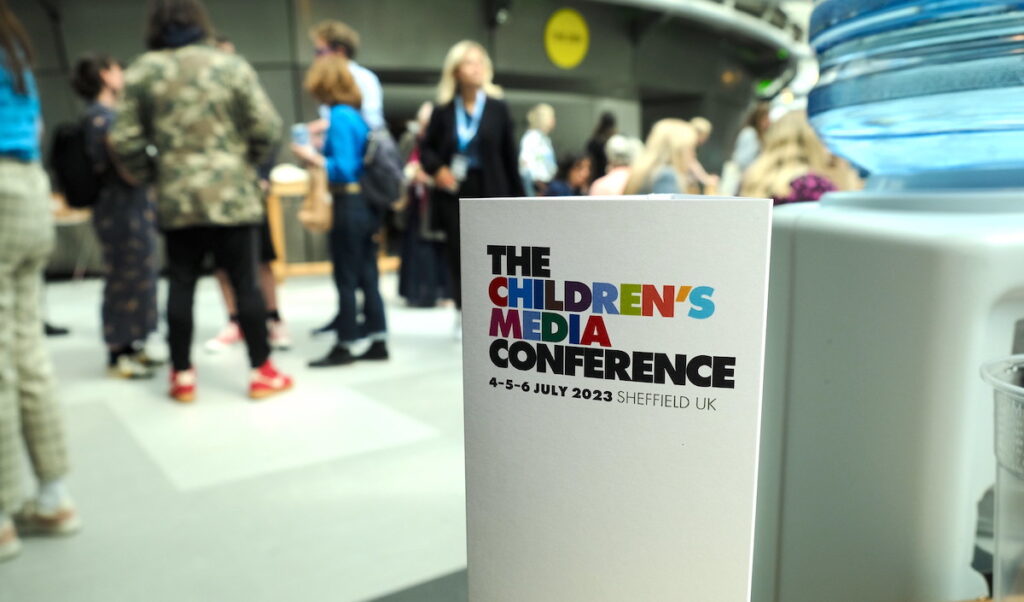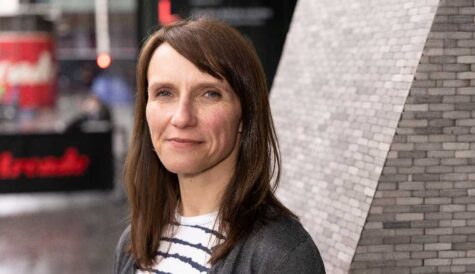TBI Weekly: How the UK kids’ sector is seeking to reclaim its ‘lost audience’
Following their Children’s Media Yearbook article in July that reviewed the UK kids’ content scene, and with MIPJR on the horizon, Anna Home and Greg Childs update us with stark but optimistic news on recent developments
As we head into MIPJR and MIPCOM, the kids’ industry needs some good news – not just in the UK, but worldwide, because the situation is tough.
Delegates at July’s Children’ Media Conference (CMC) in Sheffield, which gathers most UK kids’ content professionals together, were as upbeat as ever, but also hit hard by the collapse in commissioning in the UK.
With no Young Audiences Content Fund to boost commissions from the commercial public service broadcasters (ITV, Channel 4 and Channel 5), the BBC cutting back and focusing on animation, and the cavalry much less likely to come to the rescue – i.e. the streamers cutting their commissioning ambitions too – the situation is probably at its most difficult in living memory.
At the same time there were considerable concerns expressed at CMC about the future for broadcasting and for society, as the young audience deserts linear channels for unregulated SVOD and AVOD services.
The numbers are stark, with average viewing figures on the CITV channel before closure as low as 4,000 per programme. The ‘lost audience’ is a real and current issue. And it’s a threat not just to the business models of companies delivering content to kids, with loss of advertising revenue leading them to spend less. It also potentially impacts on the entire future of public service media across Europe. This has implications for social cohesion, engaged citizenship, life-long learning, well-being, appreciation of impartiality and much more. If a generation grows up with no understanding of public service values and no loyalty to the funding models that underpin public service content, that also threatens a vital source of media funding.
United front
However, concerns at CMC led to action. In an unprecedented move, all sides of the industry have come together to create a proposal to put to government. They’re asking politicians to recognise the value that the UK’s world-class kids’ media industry brings to the economy and culture, and the immense importance for society and individuals that kids and teens can continue to watch a wide range of relevant, appropriate, engaging and stimulating content, designed for them as young people, and reflecting the diverse society and culture in which they live.
A working group of broadcasters, industry associations and audience advocacy bodies including the Children’s Media Foundation has already met and is drafting proposals.
Before the end of the year an all-industry summit will be called to build a campaign to persuade government to take action – to increase industry support, give serious thought to new forms of regulation and incentivisation, and protect the future of public service content for young people.
At the Children’s Media Foundation, we strongly believe that a healthy UK industry will lead to greater choice and quality of content for the audience. The two areas of concern are interlinked. The lost audience impacts on the commissioning crisis and both issues need to be resolved to support the industry and the audience. And this isn’t just an issue for the UK. Already, a number of countries are tackling the ‘lost audience’ in a variety of ways, including levies, quotas and regulation. It is vital that governments and regulators understand just how much the media landscape has changed, how kids and young people are at the forefront of that change, and how that threatens not just the stability of media businesses but much more besides.
Anna Home and Greg Childs are the chair and director, respectively, of The Children’s Media Foundation. Both are UK kids’ media veterans, with Home having previously served as head of BBC Children’s and Childs launching CBBC and CBeebies while head of BBC Children’s Digital.






